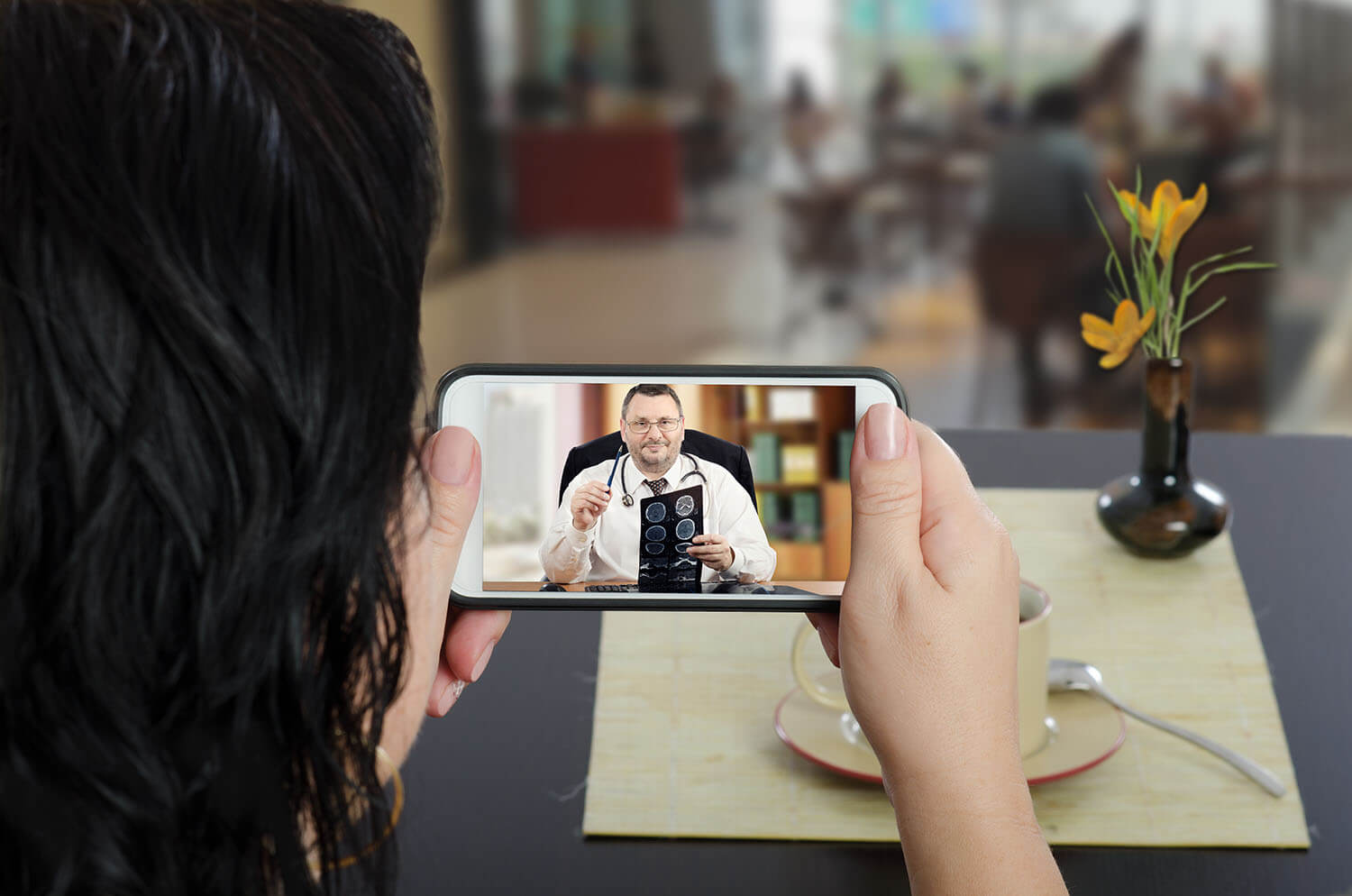By financial blogger and Medi-Share member Philip Taylor
If you’re like me, you want to keep your basic monthly living expenses pretty low. This leaves more money for giving, fun family experiences, and yes, a few splurges.
When I signed up for Medi-Share, I chose the lowest monthly share amount possible.
As I shared in my review of Medi-Share, this gave me a significant monthly savings over my traditional health insurance plan.
But, this low monthly share came with a $10,000 Annual Household Portion (AHP). Even for a fairly healthy and financially savvy guy like myself, this amount gave me pause.
Would I have the cash to cover this amount? What if something happened where I needed to pay this portion in back-to-back years? Could I do it?

I didn’t want to go into debt! And I certainly didn’t want to leave my family without the proper health care.
If you are facing some of the same questions about your AHP then check out my tips below (some of the things I’ve done to afford my AHP) to help you thrive and prosper financially.
1. Understand How Medi-Share Works For You
Taking the time to understand exactly how Medi-Share works for you is an important part of taking care of your family and being a good member and steward of the program.
Make sure you start by choosing an AHP that fits your budget and your family’s needs. While opting for a higher AHP may lower your monthly share amount, it could leave you vulnerable if you have one of those years where everyone in the house seems to be getting sick or injured in rotation.
You will have to pay 100% of your medical bills until you reach your AHP, and you will always have to pay a provider fee of $35 for a doctor or hospital visit or $135 for an ER visit, even after you have met your AHP.
This means you will need to plan ahead for your family’s inevitable health care needs. Driving to the hospital after an errant softball has split your daughter’s lip is not the time to start thinking about how you will pay for medical expenses before meeting your AHP.
Start planning at the same time you find the Medi-Share plan that works for you, so you won’t be as surprised by the bill for your daughter’s stitches as she was by the foul ball.
2. To Know the Future, Look to the Past
To get a rough idea of how much you will need this year for your medical expenses, look back over your last one-to-three years’ worth of medical bills to see what you have spent each year.
Health problems can sometimes be completely unexpected, but some medical expenses are relatively predictable.
Any procedures or doctor visits you've had in the past that you know you’ll be repeating—such as the birth of another child or even just annual preventive care—can give you a sense of what you’ll spend in the future.
Once you have a basic idea of what you can expect to spend this year, you are in a much better position to budget for your medical expenses.
But how do you prepare for these expenses, since they tend to be irregular, and are often unexpected?
3. Harness the Power of Small Automatic Savings Deposits
To make sure your family has the funds needed to pay for your medical bills as they arise, start building a savings fund using small, automatic savings deposits.
Automatically transferring a set amount of money to a separate savings account every week or every payday will help you to build up your medical expense fund.
Choose an amount of money you won’t miss to gradually grow your account.
It might seem that choosing a small dollar amount to transfer might be counterproductive—$10 or $20 a week does not seemingly add up to much—but automatically transferring such a small amount will keep you from transferring it back to your checking account, unless and until you need it.
Go ahead and nickname your new savings account “Medi-Share AHP” or something similar. This will help to keep the goal front-and-center each time you open your banking portal or app.

4. Fast Track Your Savings Effort
Of course, $20 per week only adds up to $1,040 per year, which is hardly enough money to handle a major medical bill and does not even cover the lowest family AHP amount of $1,250 per year. That’s why it’s a good idea to set up automatic, small increases to your savings transfer at regular intervals.
Plan to increase your $20 per week to $30 per week three months from now, and take the decision out of your own hands in the future.
It will be much easier to absorb the small change when you don’t give yourself a choice.
But, even with regular increases to your automatic transfers, you will likely need to do more to fully fund your medical expense savings account. So how do you amp up your savings in order to be prepared for medical bills when it feels like there is no more blood to be squeezed from the turnip?
The simple (but not easy) solution is to temporarily cut back on discretionary spending so you can have additional money to put aside for potential medical bills.
For instance, how much would you save each month if you temporarily:
- Tracked every dollar you spent using budget software
- Cancelled (or paused) subscriptions and services you are not using regularly
- Carried a budgeted amount of cash for daily spending
- Created a budget for your groceries and dining out
- Discussed all purchases over $50 with your spouse
- Carpooled, biked, or used public transportation
No matter the budget, there is always some spending that can be cut, and that extra money can be sent straight to your new savings account.
Once you have a full account that will completely cover your AHP (plus some cushion to cover provider fees), make sure you keep up the automatic transfers, and continue to increase them every few months.
That will ensure that your savings account stays filled even if you have several medical bills at once.
5. Make Financial Independence Your Long-Term Goal
Starting with Medi-Share is a balancing act for most families. Generally, you will need to find the right monthly share to make the AHP affordable early on.
But it’s a good idea to continue to build up your savings cushion until you have the freedom to choose a much higher AHP and lower your monthly share.
Why?
Because having enough money available to be able to afford to fully pay an expensive medical bill is an excellent sign of financial health.
When you are in that position, you are no longer stuck having to pay piecemeal for your needs, and you will not see your paycheck fly out of your hands to pay for services you have already used.
Once you are financially healthy enough to afford getting sick on your own, you are much more free to spend and give money in ways that reflect your values.
Do you have questions for Philip or for Christian Care Ministry? Leave them in the comments below.
Cilck here for even more Personal Finance tips.













Comments